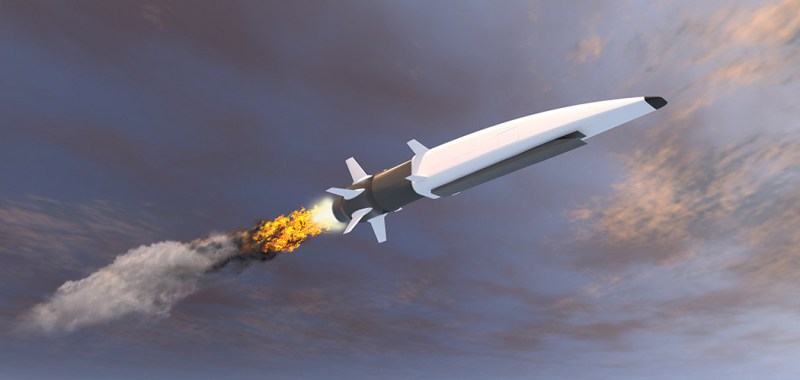By Bill Carson | June 21, 2023
Since their development, hypersonic missiles have gained significant attention, leading to a growing interest infurther research and development for them. These missiles set themselves apart from conventional weaponry as they boast significant speed and maneuvering capabilities, making them difficult to track.
Modern hypersonic weapons come in two different categories: hypersonic glide vehicles and hypersonic cruise missiles. The glide vehicles are missiles launched into the atmosphere but which then separate from their rocket boosters and glide at hypersonic speeds. Hypersonic cruise missiles, meanwhile, are powered throughout their flight and are typically flown at lower altitudes while maintaining high speeds.
Hypersonic missiles pose a considerable threat for defense and security due to their unique capabilities and characteristics. Let’s examine some more of their attributes below.

It was in the 1940s that the first human-made objects were able to reach Mach 5, or five times the speed of sound. Starting in 1944, German V-2 rockets reached Mach 4.3 when rising and then became hypersonic during descent, reaching Mach 5 as they hit targets in England. Later, in 1949, a rocket launch called Bumper 5 used a V-2 rocket which let the rocket reach a speed of Mach 6.7.
By 1980, there was a development of “lifting body” vehicles, which allowed the body of a plane to generate lift at hypersonic speeds. More recently in July 2022, DARPA successfully launched an operational fires missile using artillery controls. This program utilized a hypersonic missile that could be fired from standard trucks, hitting targets at a speed that can’t be reached by aircraft.
Hypersonic missiles offer unique capabilities, giving anyone who utilizes them an advantage. Some benefits of hypersonic missiles include:
As you can see, hypersonic missiles supply a wide range of capabilities, making them a key element of national defense.
Having the correct components, especially in warfare, is vital to ensuring tasks are carried out as designed. Hypersonic missile parts have been specifically engineered to overcome some of the challenges typically faced during flight to facilitate the best results.
Some examples of hypersonic missile parts include:
Our team at Re:Build Cutting Dynamics wants to ensure that all your questions regarding Patriot missile systems, our product line, and beyond have been answered. With that in mind, feel free to contact us today with any questions you may have, as we look forward to assisting you.
Re:Build CDI
980 Jaycox Road
Avon, OH 44011
All rights reserved Re:Build Manufacturing LLC – Cutting Dynamics ©2024